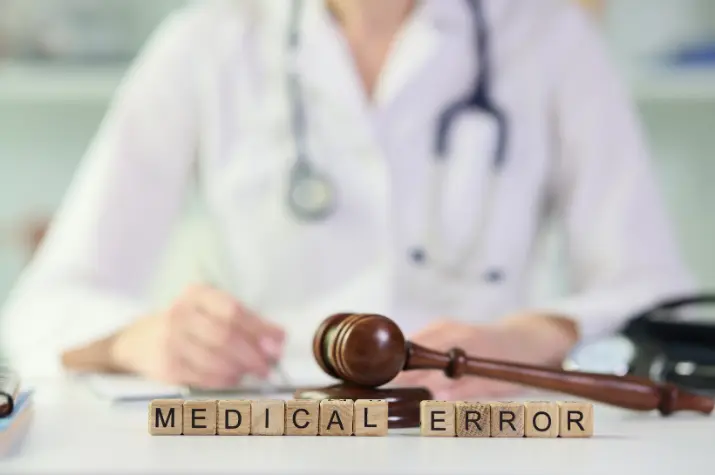
Navigating the complex world of medical malpractice lawsuits can be daunting for patients who have suffered due to negligence. Understanding your rights and the legal process is crucial for seeking justice and compensation.
This article aims to provide key insights for plaintiffs, covering essential aspects of medical malpractice cases. From defining what constitutes malpractice to exploring the steps involved in filing a lawsuit, we’ll equip you with the knowledge needed to navigate this challenging legal terrain. Armed with this information, you can make informed decisions and pursue the compensation you deserve.
Understanding Medical Malpractice: Definitions and Standards
Medical malpractice occurs when a healthcare professional’s negligence leads to patient harm. This negligence can be an act or omission that deviates from accepted medical standards.
To establish a malpractice claim, the plaintiff must prove that the defendant owed a duty of care, breached this duty, and directly caused the injury. The standards for what constitutes acceptable medical care vary by jurisdiction and specialty. For example, a surgeon’s actions are evaluated against the standards of other surgeons in the same field.
Understanding these definitions and standards is crucial for anyone considering a malpractice lawsuit. This knowledge forms the foundation of a successful legal claim against medical negligence.
Read more: 5 Most Common Examples of Medical Malpractice
The Anatomy of a Medical Malpractice Lawsuit: Steps and Processes
A medical malpractice lawsuit begins with filing a complaint, detailing the allegations against the healthcare provider. The defendant is then served with the complaint and given a chance to respond.
Discovery follows, where both parties exchange information and evidence. Expert testimony is often crucial in establishing the standard of care and causation. Settlement negotiations may occur at any stage, aiming to resolve the case without a trial.
If the case goes to trial, both sides present their arguments, and a judge or jury decides the outcome. Understanding this process is essential for plaintiffs to navigate their lawsuits effectively.
Proving Negligence: The Cornerstone of Your Case

Proving negligence is vital in a medical malpractice case. It involves demonstrating that the healthcare provider’s actions fell below the accepted standard of care.
The plaintiff must show that this breach directly caused their injury. Professional expert witness services are often crucial in this phase, providing testimony on what constitutes reasonable care in the specific medical context.
Establishing a clear link between the breach and the injury is challenging but essential for a successful claim. Thorough documentation and expert analysis are key components in building a persuasive argument for negligence.
Damages and Compensation: What Plaintiffs Can Expect
In a medical malpractice lawsuit, plaintiffs may seek compensation for various damages. Economic damages cover medical expenses, rehabilitation costs, and lost income, both past and future.
Non-economic damages address pain, suffering, and loss of enjoyment of life. In some cases, punitive damages may be awarded to punish egregious misconduct and deter future negligence. The role of expert witnesses is significant in quantifying these damages, providing critical testimony on the extent of the injury and its financial impact.
The amount of compensation varies widely depending on the case specifics, the severity of the injury, and jurisdictional caps on damages. Understanding the potential outcomes and the types of damages available can help plaintiffs set realistic expectations for their legal pursuits.
Navigating the legal landscape of a medical malpractice lawsuit can be complex and daunting. An experienced attorney plays a crucial role in guiding plaintiffs through this process.
They provide legal advice, represent the client in court, and handle negotiations with insurance companies. A skilled lawyer can also help gather evidence, retain expert witnesses, and build a strong case.
Their expertise is invaluable in understanding the nuances of medical malpractice law and achieving a favorable outcome. Selecting the right attorney is a critical decision that can significantly impact the success of your case.
Conclusion
Navigating a medical malpractice lawsuit requires patience, resilience, and the right legal support. Armed with knowledge and a skilled attorney, plaintiffs can confidently pursue justice.
It’s crucial to understand the intricacies of medical malpractice and the legal process involved. By staying informed and proactive, you can seek the compensation and accountability you deserve.
Remember, your journey to justice is a step towards safeguarding others from similar experiences.
About The Author:
Stacey Smith is a freelance health writer. She is passionate about writing about women’s health, dental health, diabetes, endocrinology, and nutrition and provides in-depth features on the latest in health news for medical clinics and health magazines.




